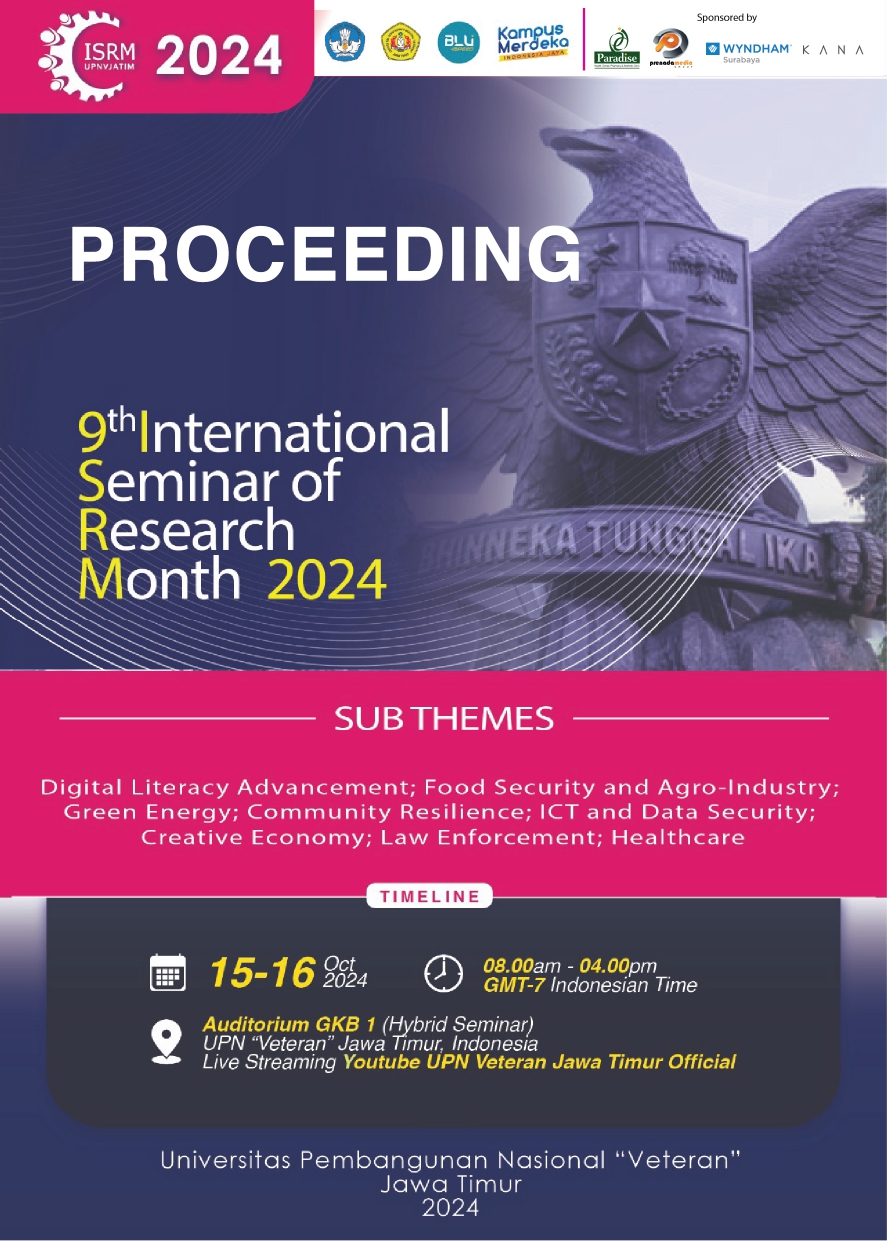Development of a Web-Based Student Attendance Information System to Enhance Transparency and Parental Monitoring at Mambaus Sholihin 2 Islamic Boarding School, Blitar
DOI:
https://doi.org/10.11594/nstp.2025.4723Keywords:
Information system, attendance, Islamic boarding school, students, parentsAbstract
The objective of implementing a student attendance information system at the Mambaus Sholihin 2 Blitar Islamic Boarding School is to streamline the process of recording and tracking student attendance in a more efficient manner. Additionally, it aims to offer parents a more transparent approach to monitoring their children's academic progress. This online solution enables boarding school administrators to promptly record student attendance, generate comprehensive reports, and communicate attendance information to parents. The development method used was SDLC (System Development Life Cycle) using the Waterfall model, including requirements analysis, design, implementation, and testing. Data for the research was gathered by conducting interviews while conducting direct observations at the Islamic boarding school. The test findings indicate that this attendance system has the ability to improve recording accuracy, save management time, and offer convenience in monitoring student activities. With this system, in addition to improving attendance management, parents can more easily monitor their children's attendance and learning progress remotely.
Downloads
References
Desmira, D. (2022). Pemanfaatan sensor sidik untuk absensi siswa SMKN 1 Pulo-Ampel. PROSISKO: Jurnal Pengembangan Riset dan Observasi Sistem Komputer, 9(2), 25–32. https://doi.org/10.30656/prosisko.v9i2.4983
Faroqi, A. (2022, May 15). The development of route selection application to avoid flood roads. Nusantara Science and Technology Proceedings. International Seminar of Research Month 2021. https://doi.org/10.11594/nstp.2022.2435
Hikmah, A. B., Mulyani, Y. S., Alawiyah, T., Wiguna, W., & Ridwan, R. R. A. (2021). Rancang bangun sistem informasi absensi siswa berbasis web pada SMAN 1 Singaparna. IJCIT (Indonesian Journal on Computer and Information Technology), 6(2), 138-150. https://doi.org/10.31294/ijcit.v6i2.11024
Ningki, C., & Novi. (2023). Implementasi aplikasi penjualan produk tradisional berbasis website menggunakan metode waterfall. Informatik: Jurnal Ilmu Komputer, 19(2), 107–114. https://doi.org/10.52958/iftk.v19i2.6149
Rhomadhona, H. (2018). Penerapan teknologi QR code berbasis web untuk absensi pegawai pada BKPSDM Kabupaten Tanah Laut. Jurnal Humaniora Teknologi, 4(1). https://doi.org/10.34128/jht.v4i1.38
Rio, N., Hariyanto, D., & Sunita, E. (2019). Rancang bangun sistem informasi absensi karyawan pada PT. San Andreas Mandiri Bekasi. Indonesian Journal on Software Engineering (IJSE), 5(2), 34–41. https://doi.org/10.31294/ijse.v5i2.6955
Risald, R. (2021). Implementasi sistem penjualan online berbasis e-commerce pada usaha ukm ike suti menggunakan metode waterfall. Journal of Information and Technology, 1(1), 37–42. https://doi.org/10.32938/jitu.v1i1.1393
Santoso, H., & Yulianto, A. W. (2017). Analisa dan perancangan sistem absensi siswa berbasis web dan SMS Gateway. Jurnal Matrik, 16(2), 65. https://doi.org/10.30812/matrik.v16i2.11
Subiantoro, S., & Sardiarinto, S. (2018). Perancangan sistem absensi pegawai berbasis WEB studi kasus: Kantor Kecamatan Purwodadi. Swabumi, 6(2), 184-189. https://doi.org/10.31294/swabumi.v6i2.4868
Supriati, R., & Carolina, N. (2020). Aplikasi sistem absensi guru untuk dapat mengukur peningkatan kinerja guru pada SMA Negeri 3 Kabupaten Tangerang. Jurnal Sistem Informasi dan Informatika (Simika), 3(1), 1–11. https://doi.org/10.47080/simika.v3i1.833
Downloads
Published
Conference Proceedings Volume
Section
License

This work is licensed under a Creative Commons Attribution 4.0 International License.
Authors who publish with this proceedings agree to the following terms:
Authors retain copyright and grant the Nusantara Science and Technology Proceedings right of first publication with the work simultaneously licensed under a Creative Commons Attribution License that allows others to share the work with an acknowledgement of the work's authorship and initial publication in this proceeding.
Authors are able to enter into separate, additional contractual arrangements for the non-exclusive distribution of the proceedings published version of the work (e.g., post it to an institutional repository or publish it in a book), with an acknowledgement of its initial publication in this proceeding.
Authors are permitted and encouraged to post their work online (e.g., in institutional repositories or on their website) prior to and during the submission process, as it can lead to productive exchanges, as well as earlier and greater citation of published work (See the Effect of Open Access).










